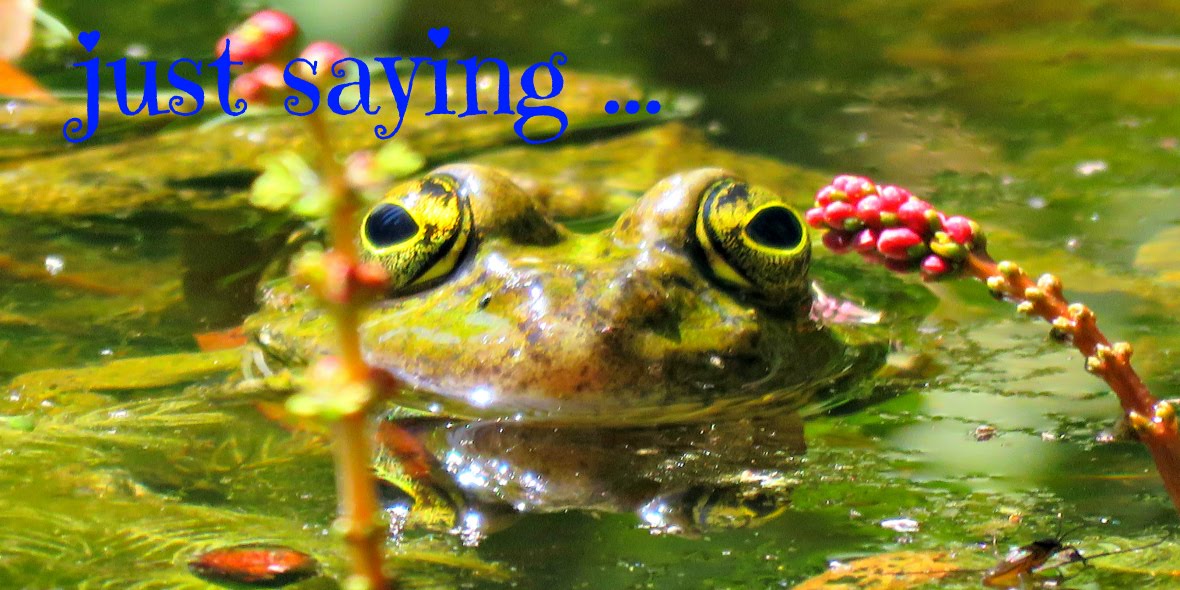 Do you know which is the most important must-do of them all when it comes to successful gardening?
Do you know which is the most important must-do of them all when it comes to successful gardening?The answer is, of course, to keep the gardener happy. When the gardener's got the hump about his/ her lot in life the weeds will surely thrive - as I'm sure Socrates or Freud or Aesop, or someone very wise, must once have observed.
Now in our case the gardener is, for the most part, me. I get some help with the heavy lifting, and the tree-pruning, but for the rest of the time our little London garden is totally my responsibility. And here's the five things that keep me going when I get started on the job:
1. Kneepads
Ta-dah! Very now, very chic.
OK so I'm not going to have Victoria Beckham knocking on my door any time soon looking for style tips, but these little mamas keep my knees together when I'm pulling out those nuisance weeds from between the cracks on the patio. And unlike the twee 'kneeling boards' that come in chintz and shades of pastel, they're always where I need them - on my knees. Yours for £5.99 down at the hardware store: you'll wonder how you ever lived without them!
2. Laundry soap
Just to be clear: I'm the polar opposite of a high-maintenance West End princess. Heck, I've never been in a nail bar in my life, but I hate, hate, hate getting earth under my fingernails. It's just so ... well, grubby. So here's what I do to get around the problem: I use the laundry soap in something after the fashion of a cat using its scratching post. I dig my (not very long) fingernails into the soap so that I get fresh-smelling laundry soap under them. Then I put on a pair of wax-sealed gardening gloves, and I'm ready for anything. At the moment I'm heavily committed to spreading well-composted farmyard manure around as a spring pick-me-up for my soil. With my gloves and laundry-soap ensemble my nails are virtually bomb-proof. When I'm done I just come inside, wash my hands in the normal way and the soap dissolves leaving me with a set of sparklingly clean nails.
3. A little pleasant company
In my house I always have a happy little furry presence lurking somewhere round my heels. And he totally loves being out in the garden. He races around, full of the simple joy of being alive. It's not always good for the hellebores and the crocuses, which he trots over with abandon, but he's a great inspiration on how to kick back and enjoy the blue sky, sunshine and a rollick in the fresh air.
4. Music
Spotify rules the airwaves around me. I'm a really big fan, with a drive-time playlist that will take me from here to Timbuktu without having to listen to the same track twice. Out in the garden today I had Madge playing her 'Ray of Light' Album, which totally rocked my morning. I've got this great little Jambox gizmo, which fits in my handbag along with my iPad mini, to play me happy wherever I go.
5. A good cup of Rosie Lee
Being Irish I like my tea to be copper coloured and very, very strong. We have our own tea blends back home, which can be tricky to find here in England. Happily for me, I've got a good local source of Barry's Irish breakfast tea, which does the trick any time of the day. Here it is served up in my favourite Emma Bridgewater mug, al fresco in the sunshine. Perfect!
Happy Thursday!
Bonny
x

































